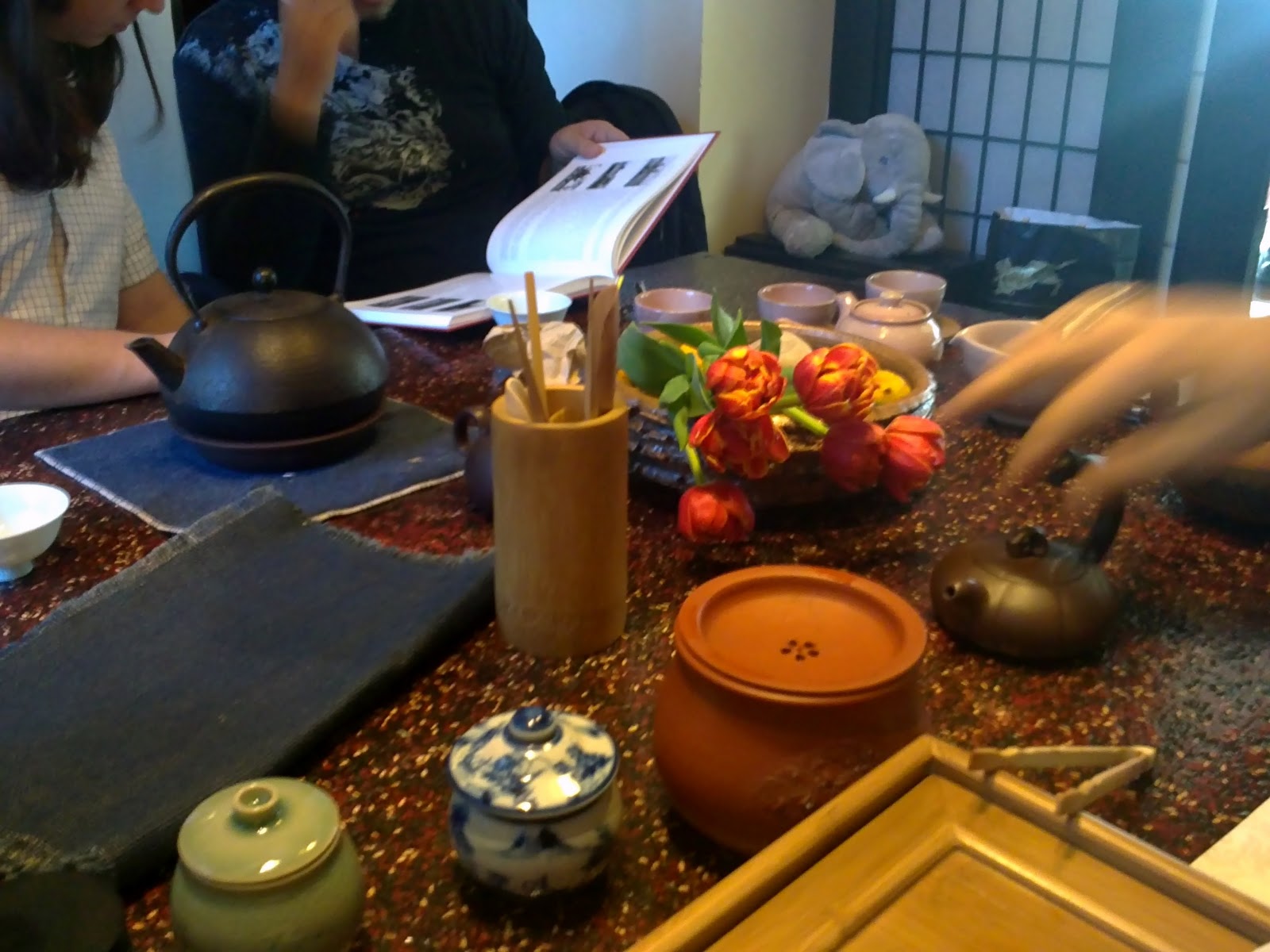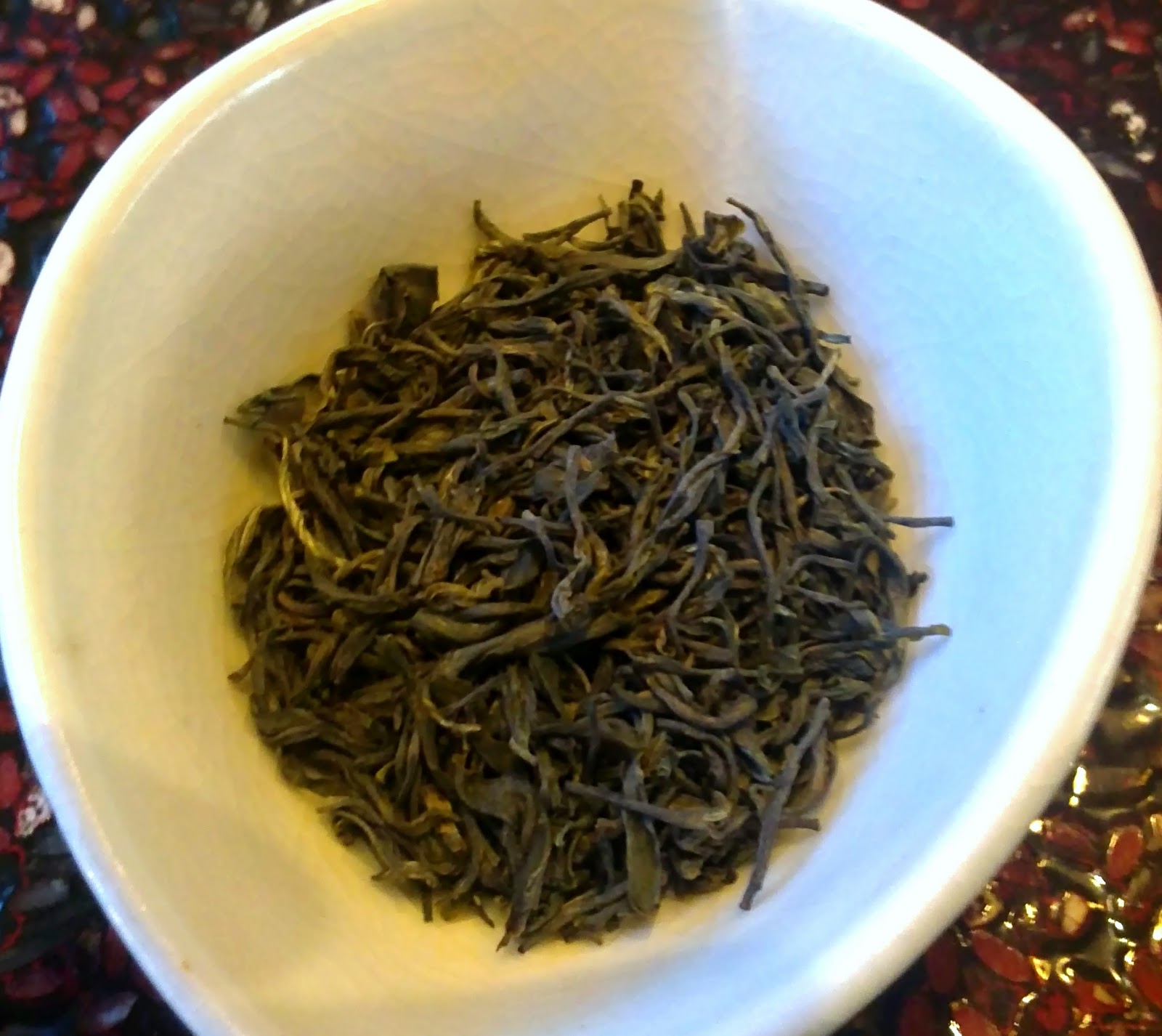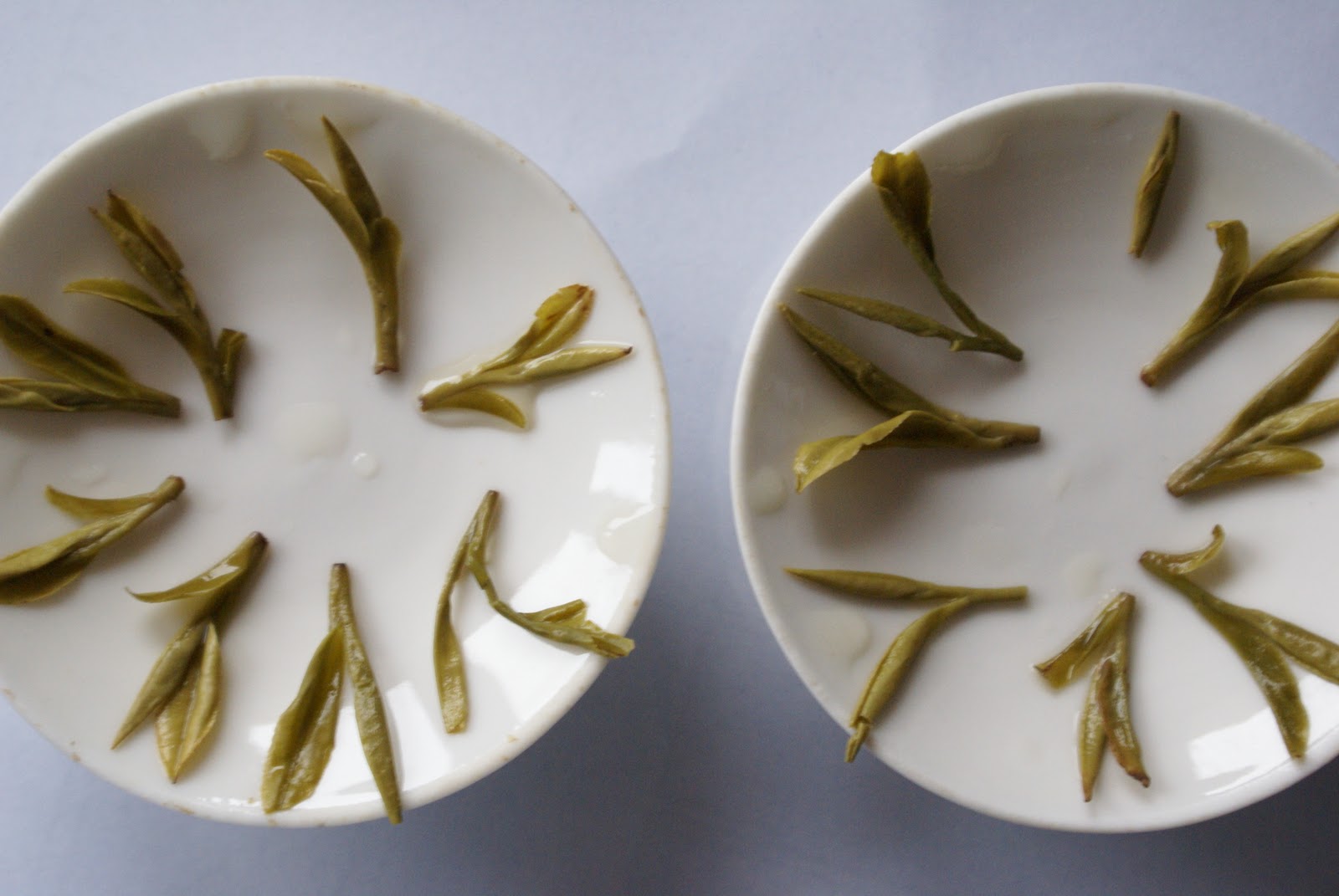Shu Chen Lang Hua et al.
Tasting four Chinese green teas sourced directly from farmers. Tongue-twisting names and refreshing tastes.
Tasting four Chinese green teas sourced directly from farmers. Tongue-twisting names and refreshing tastes.
Enjoying tea in location… in wine country.
A good black tea from China: I even reached 7 infusions brewing it the gongfu way.
Longjing is a famous Chinese green tea. Looking at two LJ batches that were picked just a day apart on 8th and 9th April 2010, I’m amazed to find out they’re quite different.
I visit the first (?) tea bar in Europe.
A solid tea – but will it pick up any charm?
| My puer prying knife has left visible traces. |
| Not too dark, not too light a predictable colour for a 4-year-old puer. |
 |
| Tea sessions at restaurants are always messy… |
 |
| Nice leaves to this green sejak from Korea. |
 |
| This terrible mobile phone photo is the only one I managed to take of the Jiri-san Balhyocha. |
 |
| We also had a look at some tea items, including this antique yixing pot: so dirty inside it’s no more good for actual brewing. |
The Nonpareil Long Jing from Dragon Tea House is the most expensive of their four LJ selections. A spring 2010 product from the Mei Jia Wu area, it is definitely well-sorted with nicely intact leaves, consistent grade, a nice pale green colour throughout, and a definitely pleasant sweet green fruit (melon) aroma from the dry leaf, less vegetabley than many LJs examples IME. Apparently experts can decipher a lot more data from the dry leaf of a Longjing including what clones were used – perhaps someone wants to step in and comment.
 |
| 2010 Dragon Tea House on left, 2009 Hojo on right: minor discoloration on the latter. |
When brewed this is a tea that’s rather solid than exhilarating. The colour and body are light, and the flavour is subdued, unsweet, with reminiscences of baked bread and snap peas. It’s rounded off by a good, structured finish that is just a bit drying without being bitter. Being a high grade, I find this rather tolerant of brewing times: provided you keep the water at 70C you can infuse for up to two and half minutes without extracting bitterness. There is one more very good and one decent infusion to be obtained after the first. Overall, this is very representative of a good Longjing but at $45/100g, I don’t find it particularly good value.
My other LJ is a 2009 vintage and comes from Hojo Tea – I threw a 30g pack in with my tetsubin order early this year (price was ¥3000 / 30g; pictured above). There is whole-length explanation of what makes a good LJ on the Hojo site, with some fascinating info on tea tree clones and leaf grades (interestingly Hojo are now offering a LJ from a different terroir; this page has additional info). This tea is interesting in being a year older than the above and yet showing no sign of tiredness whatsoever. The colour of the leaves is a little deeper emerald than the DTH LJ but there is also some discoloration on the leaves (age?). Brewed exactly the same way as the above with 3 to 4g of leaf / 100ml / water at 70C, this is wonderfully elegant with a silky, plum fruit gelée touch instead of the DTH’s slight dryness. The flavour is kept rather light but deep, and the purity is astounding. The register might be a little more vegetal with green peas and broccoli perhaps, and a fair bit of umami savouriness too. While very expensive this tea is obviously delivering some added value.
 |
| 2010 Dragon Tea House on left, 2009 Hojo on right: no major difference in the leaf type and grade. |
An interesting pendant to the above comparison comes from another tea I ordered from Dragon Tea House. 2010 Black Long Jing: I think this is pretty rare as I’ve never encountered a black tea under this name. The shape of the leaves (phjto above and below) is identical to the green versions of the LJ – 100% intact leaf-and-bud systems, rolled flat to resemble miniature sword blades. But as per any black tea these leaves are oxidised to a deep brown colour (with the occasional rusty bud). A good earthy aroma to the leaves, with some fruitier notes when warmed. Brewing a deep brown-reddish, this tea is midway in style between a fruitier Yunnan and a smokier Qimen, though perhaps closer to the former. Juicy if a little hollow in the middle, this is rather simple juicy tea with not much structure: the tannins are surprisingly low even in a 5-minute competition. Enjoyable but a little simplistic, this doesn’t have the dimension of the best black teas. Interesting to try once but at this price ($29 / 100g) not a re-buy.
 |
| Two 2010 Longjing from Dragon Tea House: green and black. |